FTE: Cutting Edge Case Studies of In-Flight Customer Experience Excellence
Share
 Mary Kirby, founder and editor-in-chief of Runway Girl Network, started the session off by focusing on how social media is mobilizing a passenger-first movement, or a “passenger union” of sorts, as she calls it. She explains that today more than ever, “passengers are mobile, social, and incredibly vocal… and they’re connected across every touch-point of their experience.
Mary Kirby, founder and editor-in-chief of Runway Girl Network, started the session off by focusing on how social media is mobilizing a passenger-first movement, or a “passenger union” of sorts, as she calls it. She explains that today more than ever, “passengers are mobile, social, and incredibly vocal… and they’re connected across every touch-point of their experience.
THE EXPERIENCE IS IN THE DETAILS
Social media, along with more end-to-end access to connectivity, allows passengers to share their opinions about details that to some may seem inconsequential, but can be impactful when used effectively, Kirby explains.
Kate Thornton, head of Product and Service for British Airways, shares that British Airways has found great success in small details such as add air fresheners to the bathroom stalls – reporting a 9% boost in passenger satisfaction as a result. Likewise, British Airways has found that simple menu improvements can go a long way to improve the passenger’s experience and level of satisfaction.
Alice Liu, managing director of Onboard Products for American Airlines concurs, that little things can go a long way not only in terms of perception, but as extensions of the airline brand. She suggests “focusing on trim” and “introducing color” into design to enhance contour and silhouette, allowing the “accents to become the brand” rather than slapping logos on things.
CREATURE COMFORTS
Introducing elements found on-the-ground – such as attributes of wood helps to create a more relaxed space and ambience on the aircraft that doesn’t feel so cold and public, says Liu. The experience in the sky should be as seamless as “life uninterrupted.”
To help relax their passengers, British Airways has been introduced distressing IFE programming like their “Slow TV” channel – that simulates a train ride through Norway or their “Paws for Thought” channel that features cute animals. Thornton explains, “There’s a reason cat videos are the most popular thing on IFE, they’re incredibly relaxing.”
HOSPITALITY STARTS ON THE FRONTLINE
 At the top of her presentation, Thornton told the audience that hearing about passenger’s needs and experiences from the frontline attendant crew is crucial, so much so, that she’s actually licensed as crew and flies every 90 days as an attendant.
At the top of her presentation, Thornton told the audience that hearing about passenger’s needs and experiences from the frontline attendant crew is crucial, so much so, that she’s actually licensed as crew and flies every 90 days as an attendant.
According to Liu, American Airlines positions their service within the hospitality industry, and a key aspect of hospitality is comfort. She quotes her “idol,” designer Charles Eames, who says “Recognizing the need is the primary condition for design,” to illustrate that design must react to passenger needs and designers must be familiar with the passenger’s experience so that they can also be problem solvers.
TECHNOLOGY DOESN’T MAKE ALL CONNECTIONS
As Kirby cautions, passengers now have an opportunity to voice their complaints at every touch point, and they are voicing their praises too. Kirby’s social examples – one of which included a passenger noticing the minute difference between two cups they were provided – illustrated this point: “Passengers notice the small things,” she says, “and they’re talking about it.”
Technology is an enabler but it isn’t the only solution. We can get carried away with technology, Thornton says, but passengers have basic needs and sometimes the most effective thing an airline can do is address those needs.
Liu explains, new technology should be used not only to identify problems, “but to work together to solve them.” Having better access to understanding passengers’ needs should be treated as an “opportunity” rather than a “challenge,” Thornton agrees.
Making connections, Thornton says, is ultimately what airlines are here to do, “We talk a lot about technology, but when it comes down to it, we’re here to connect people… [Passengers] get on an airplane because they want to connect with another person, and that’s what we believe it’s all about.”


